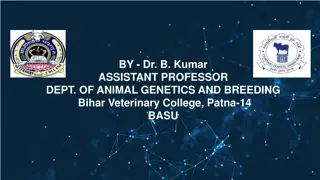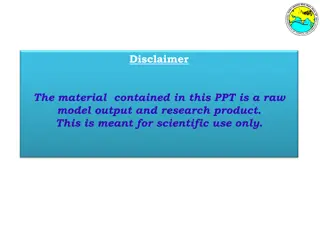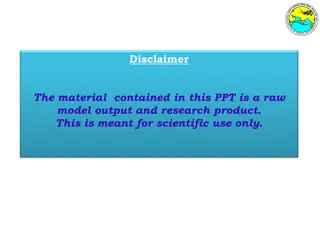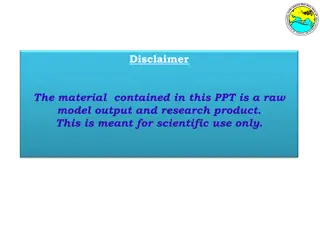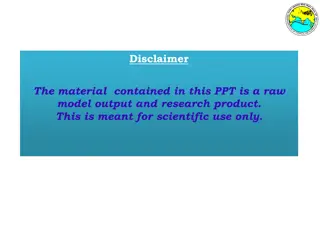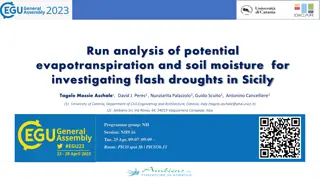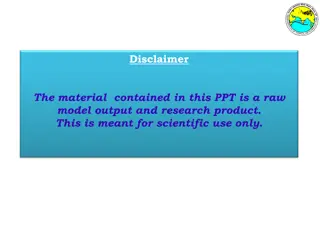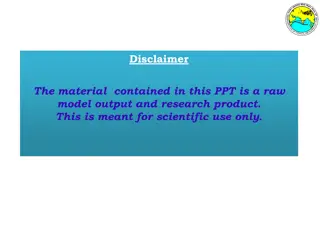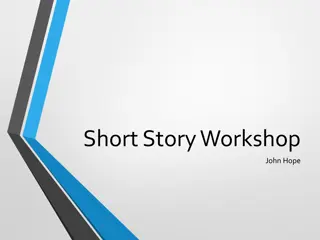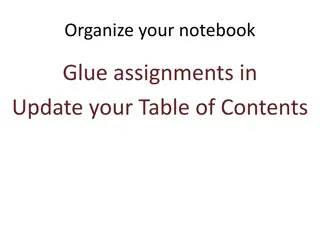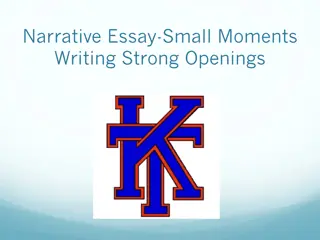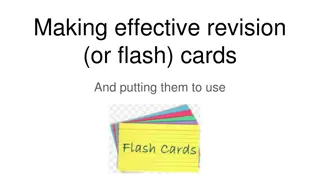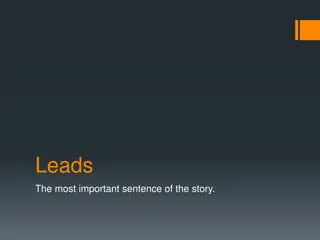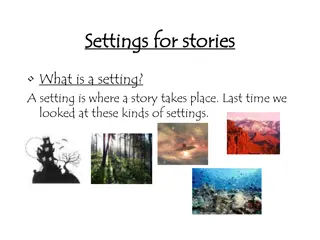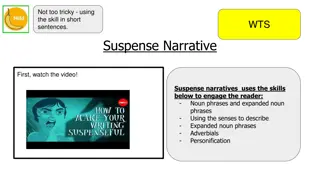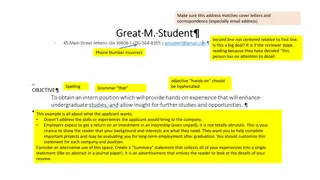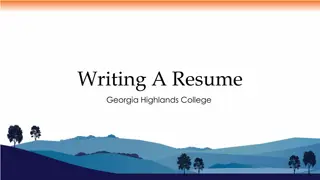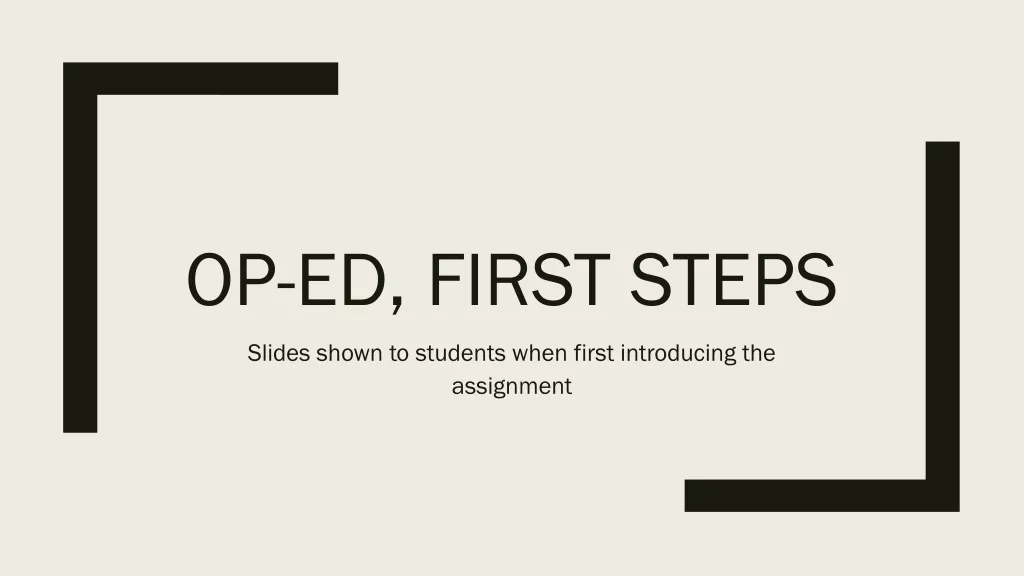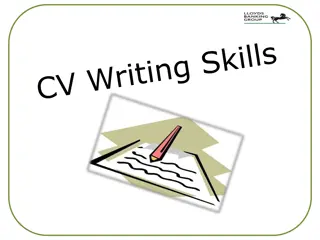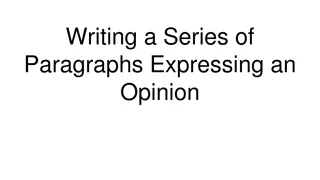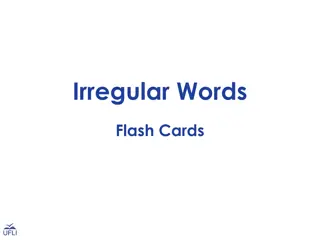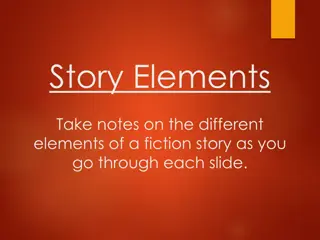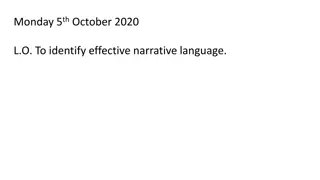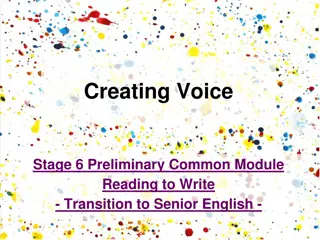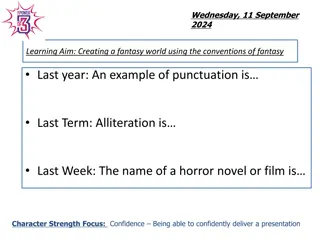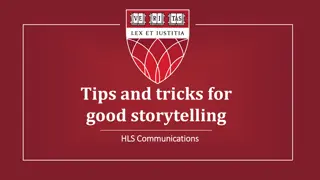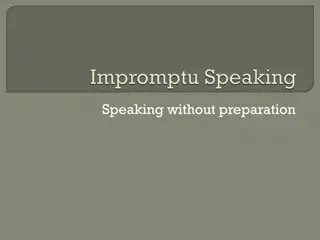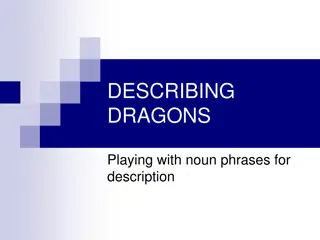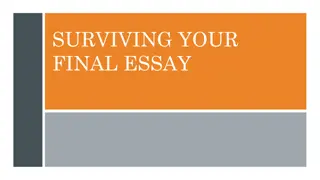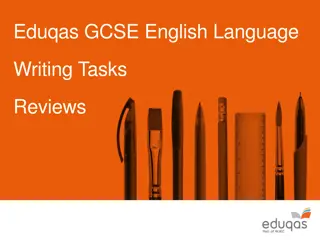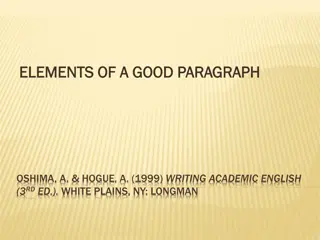Crafting Compelling Flash Fiction: Techniques and Examples
Dive into the world of flash fiction with this informative piece detailing the essence, types, and techniques of writing succinct yet gripping stories. Learn how to hook readers from the start, use impactful scenes over summaries, and create lasting impressions with minimal words.
Download Presentation

Please find below an Image/Link to download the presentation.
The content on the website is provided AS IS for your information and personal use only. It may not be sold, licensed, or shared on other websites without obtaining consent from the author. Download presentation by click this link. If you encounter any issues during the download, it is possible that the publisher has removed the file from their server.
E N D
Presentation Transcript
WRITING FLASH FICTION By Marvellous Ibiyemi
INTRODUCTION Flash fiction means a very short story . Flash fiction is shorter than the traditional short stories. A flash fiction piece can be just a few words long. Example: For sale: baby shoes, never worn.
Flash fiction is like a whirlwind romance. It sweeps the reader off their feet and leaves a lasting impression at the end. A great flash fiction story provokes further thought. How long should a Flash fiction story be? The rule of thumb is less than 1000 words
TYPES Six-word story 280-character story (twitterature) Dribble (<50 words) Drabble/microfiction (<100 words) Sudden fiction (<750 words) Flash fiction (1000 words)
HOOK THE READER FROM THE START Use an intriguing tittle that gives insight into the character(s), setting, or plot. Start in the middle of the action(in media res) A flash fiction piece is more gripping if it begins in the middle of the action. Unlike shorter works of fiction, there s no need for excessively long narrative paragraphs.
Use a great opening line. This is also known as the hook of a story. Use openings that reveal something about the plot, character(s), or setting. Example: Everyone Cried by Lydia Davis
EVERYONE CRIED It is not easy to live in this world. Everyone is constantly upset by the small things that go wrong: one is insulted by a friend; another is neglected by her family; yet another has a bad argument with his spouse or his teen-age child.
MORE SCENES, LESS SUMMARY A scene describes what s happening in a story at that moment. A summary presents key information while glossing over details. A key guideline is to use one or two scenes(at most) and very little summary. The aim is to build characterization, set a mood for the story, and create an enthralling experience for the reader. Example: As the North wind howled by Yu Hua
SHOW, DONT TELL Writing flash fiction requires a good knack for creating a strong imagery for the reader, rather than stating an experience to the reader. Don t tell me the moon is shining; show me the glint of light on broken glass. --- Anton Chekhov Example: Things I m holding for you by Kayleigh Shoen.
THINGS IM HOLDING FOR YOU Your chapstick, cash for tolls, the parking lot slip, a pack of Trident, car keys, a bouquet of daisies, a card, your best friend's birthday, reservations, the restaurant he likes, his wife's name, the conversation, a light tone, a glass of water when you order another cocktail, half my fries, the cup of coffee you refuse, a pleasant tone, the waiter's eye, a smile that says "don't worry, everything's fine here," another water, napkins to wipe the drink you spilled, your arm just above your fist, conciliatory words, petals from the flowers you smashed, an apologetic tone with the manager, our jackets, the passenger side door, your accusations, your tears, a pack of Kleenex, a pack of gum, your chapstick, my breath.
ENGAGE THE READERS IMAGINATION A flash fiction writer doesn t have as much time to spend on worldbuilding, backstory, or dialogue as a short story writer. The focus is on the main scenes and characters. As a result, writers have to trust the reader to understand the story and be intrigued rather than repelled by the mystery. Great Flash Fiction writers leave some things to the reader s imagination. Example: My Dead by Peter Orner. A story about two strangers going on a spur-of-the-moment ride to a midnight s ance. The story is intriguing enough to keep the reader gripped, yet so mysterious that the reader fills in the blank as the story proceeds. The key is to find a balance.
DONT USE TOO MANY CHARACTERS For a short-short story, you only need a few characters. If a character is not key to the story, let them go. Some stories involve a nameless character.
CUT, CUT, CUT. Cut out the fluff moments of inaction, excessive backstory, lengthy worldbuilding, excessive thoughts(belonging to the protagonist). In more brutal terms, Kill your darlings. To write great flash fiction, a writer must be a ruthless editor. And yes, that means cutting out chunks of paragraphs or removing characters that do little to drive the plot forward.
DRAMATIC ENDING Rule of thumb: The ending of a flash fiction story must surprise the reader. The story must leave the reader pondering afterward. Example: Sticks by George Saunders. The story leaves the reader with many questions: why was the narrator s dad obsessed with the pole? What did the pole mean to him? What personal demons did he have that made him regard a pole as a symbol?
METHODS Cut-down Free write as many words as you want. Afterward, edit ruthlessly. Remove paragraphs, characters and fluff until you arrive at the target wordcount. Build-up Start with the details of the story. After writing the plot, fill the story with required details until you hit the word mark.
TASK Write a sudden story(<750 words) with any premise of your choice using the aforementioned techniques.
RESOURCES Flash Fiction Stories Flash Fiction Examples to Inspire and Entertain Flash Fiction online Flash Fiction Magazine


